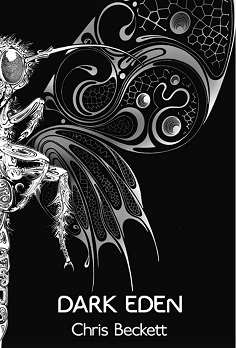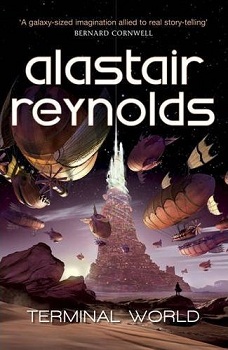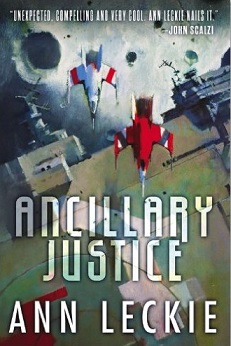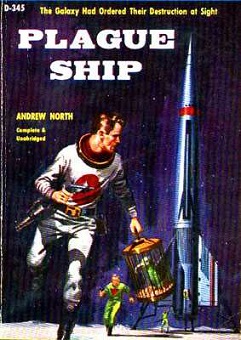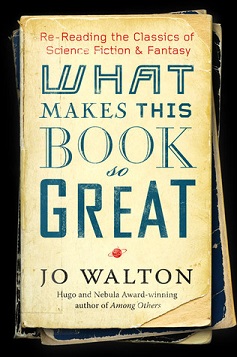
What Makes this Book So Great
Jo Walton
446 pages
published in 2014
What Makes this Book So Great is that it’s written by Jo Walton, who has a real talent for making you both reconsider books you know well or long for books you’ve never heard of before. I’ve known Jo for almost twenty years now, from when we both independently discovered internet, usenet and rec.arts.sf.written, where it didn’t take long for her to become one of the most interesting posters there. It was no great surprise that she became a professional writer, or that Tor would ask her to do the same thing she did on usenet on their website, the end result of which is this book. You could call it the non-fiction counterpart of Jo’s Hugo and Nebula award winning Among Others
What this is than is a collection of some 130 columns written for tor.com in 2008-2010, mostly discussing a single book, sometimes going into more general topics about reading books. As Jo makes clear from the start, she isn’t a critic and she’s not reviewing these books, she’s just writing about the books she’s reading and why she likes them. Because she’s been reading for a long time, because she’s a writer herself, because she’s been thinking and talking about books, about science fiction in the ways only an intelligent lifelong reader can, these columns are interesting whether or not you’ve read the books in question.
Now Jo Walton is one of the persons who’ve done a lot in shaping my own reading over the past twenty years and a lot of the novels she’s talking about here we used to discuss on usenet way back when. Reading this felt a lot like going back to those days and at times I wanted this to be an usenet discussion rather than a book just to say “yes, but” or “have you thought of”.
To be honest, because she did so much to shape my reading, because so many of the books she likes are also favourites of mine, it’s hard to be very objective about this book. Whether or not you’ll like it depends on how much you like Jo’s voice and enthusiasms. If you’ve read Among Others you’ll already know that she grew up reading science fiction in the seventies and that while she does read outside of the science fiction and fantasy genres, those are her home turf.
Her tastes, as seen in the columns collected here, run to the more literary part of the genre, rather than the hardcore Heinlein/Campbellian tradition. Heinlein, Asimov and Clarke do appear, but writers like Samuel Delany, Octavia Butler, Tanith Lee, Ursula LeGuin or Jack Womack get as much if not more attention. Jo also spends much time looking over less well known writers, both writing inside and outside the genre, to bring to the attention interesting books otherwise overlooked. It’s interesting to see which writers she pays the most attention to, which seem to be mostly those writers rec.arts.sf.written was in love with in the nineties: both Steve Brust’s Draegeran novels and Lois McMaster Bujold’s Vorkosigan saga get long series of reviews, as do the Alliance/Union novels of C. J. Cherryh. Other rasfw darlings like Vernor Vinge, Iain M. Banks and John Barnes also make multiple appearances.
The picture of Jo Walton you get is that of an intelligent, demanding reader who wants both intellectual stimulance as well as a good story. She doesn’t have much truck with experimental writing, or so it seems, as most of the book talked about are fairly mainstream in their construction, but doesn’t go for much pulp either, the occasional indulgence like Jerry Pournelle’s Janissaries nonewithstanding.
I’d read a lot of these columns when they first appeared on tor.com a few years ago, but rereading them was no punishment. What Makes this Book So Great made me want to reread those books I already knew about and seek out those that were new to me, which I find is the ultimate sign of a book like this: to make you curious about the books discussed.
